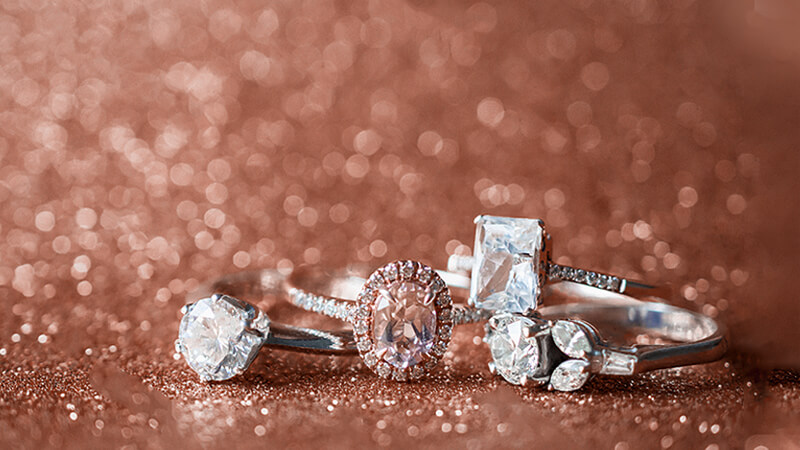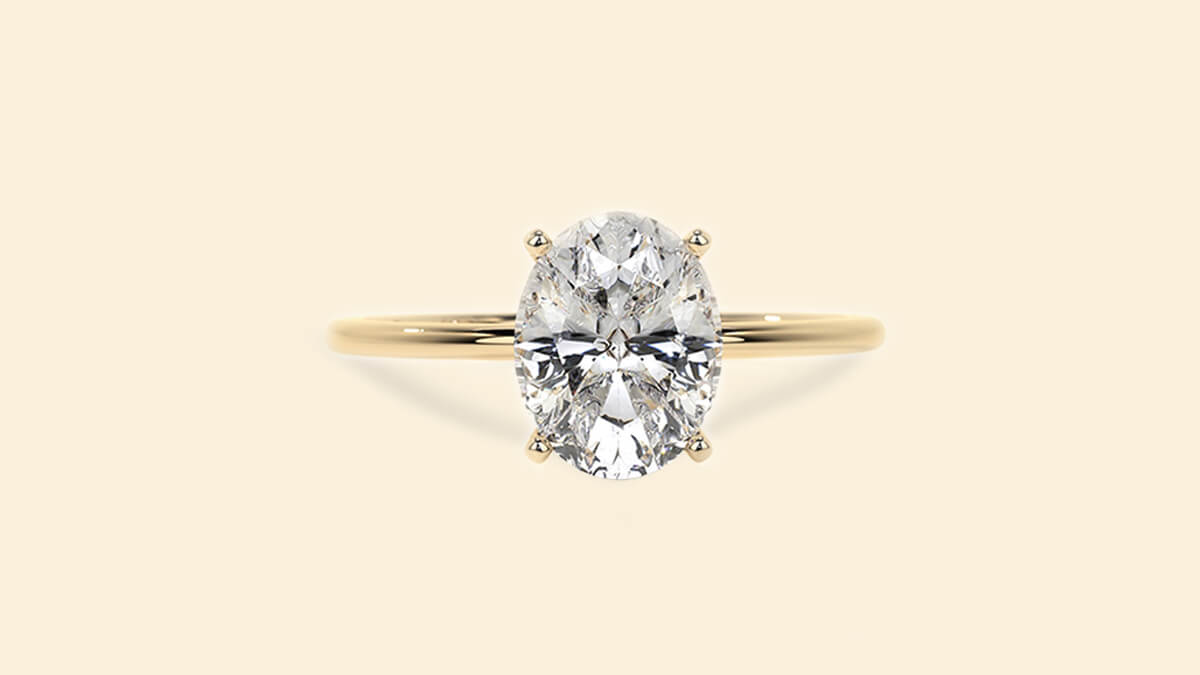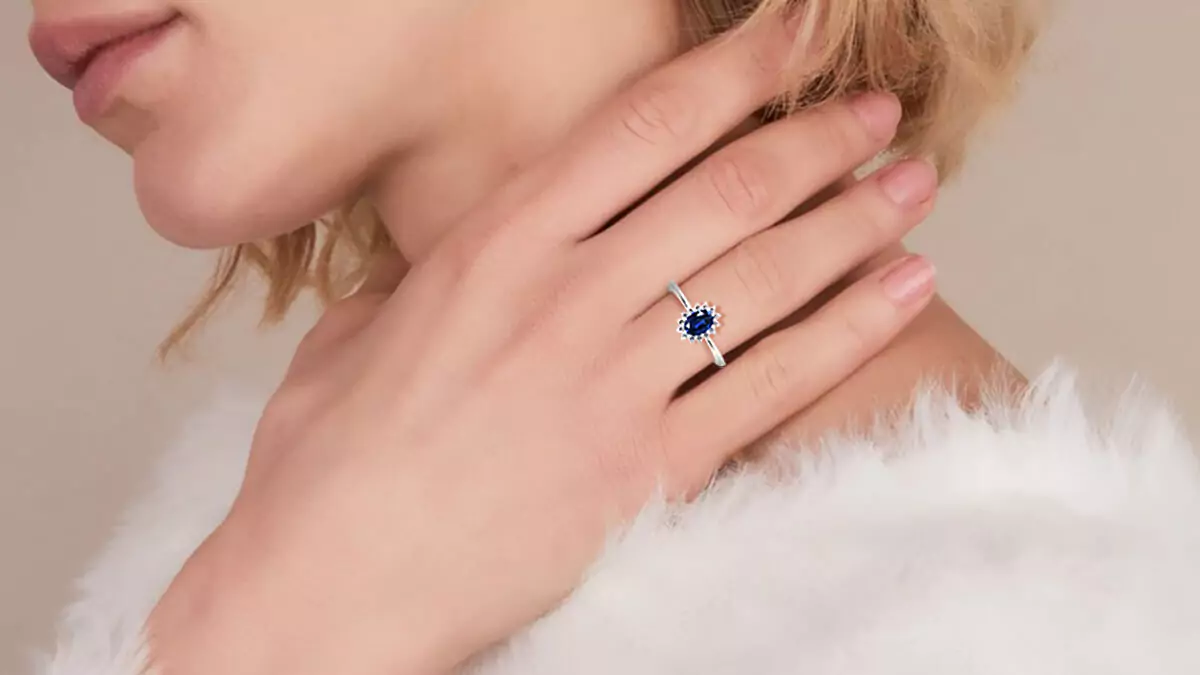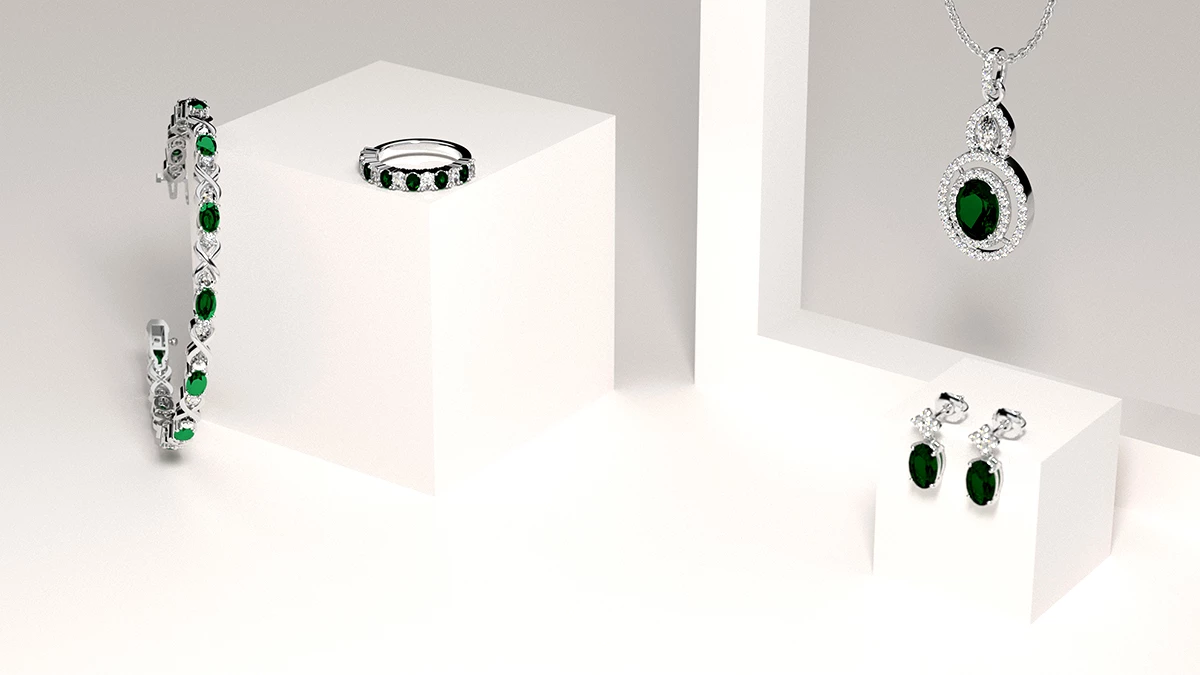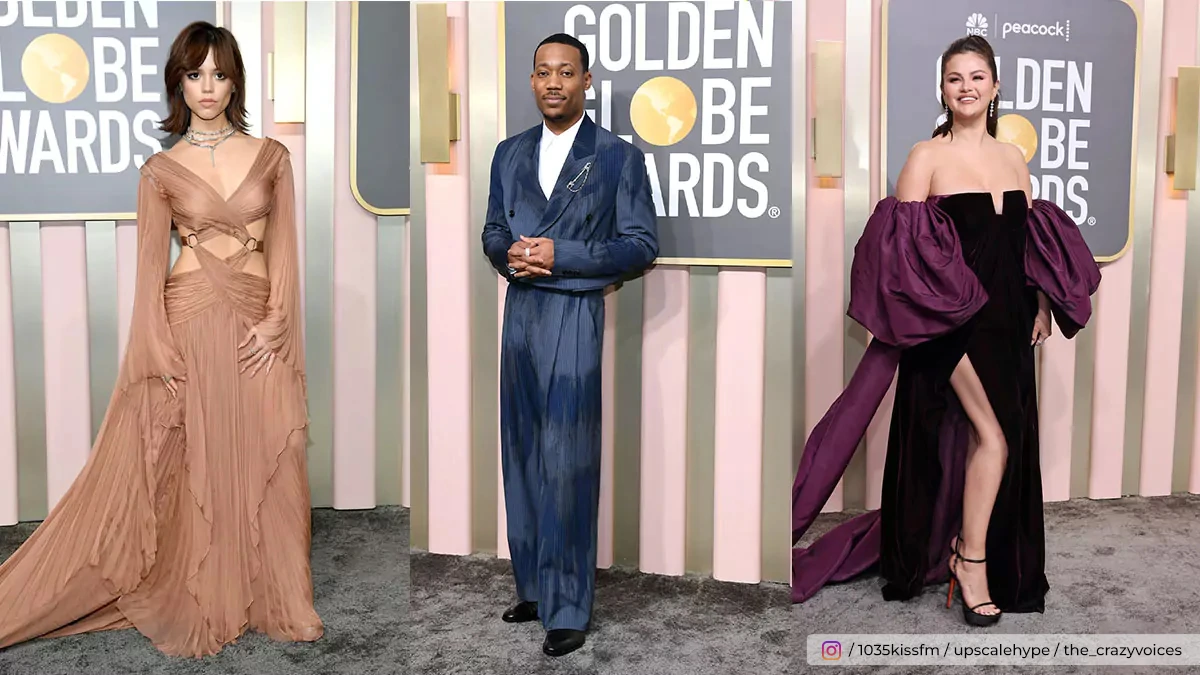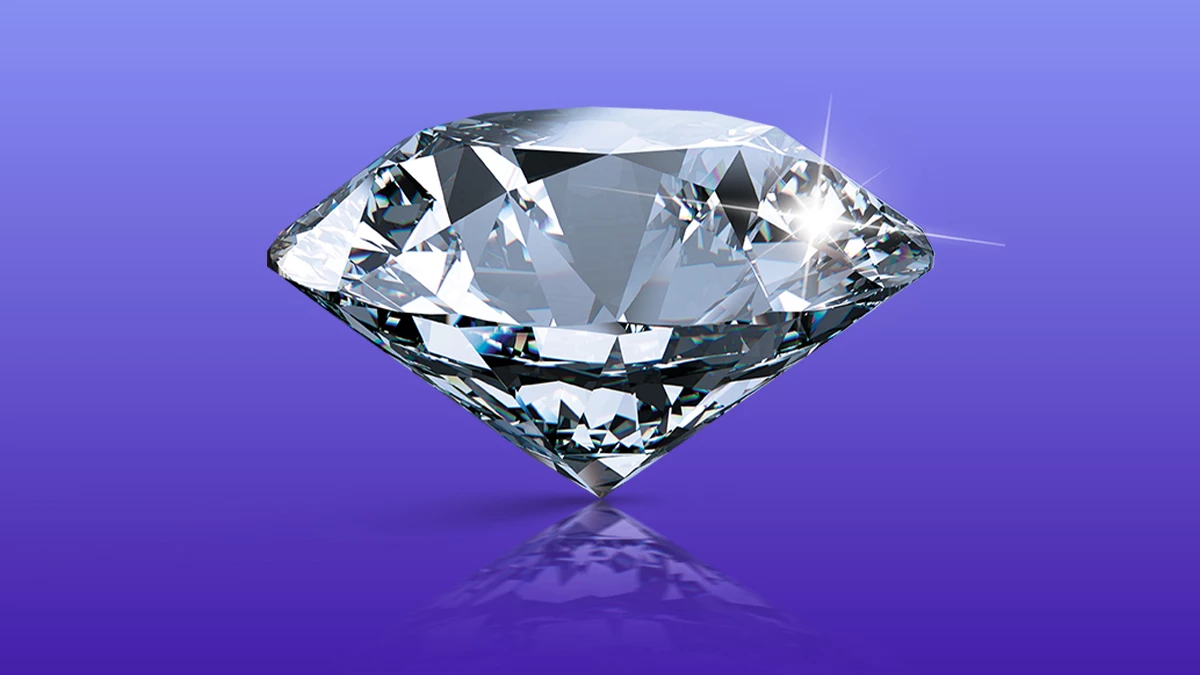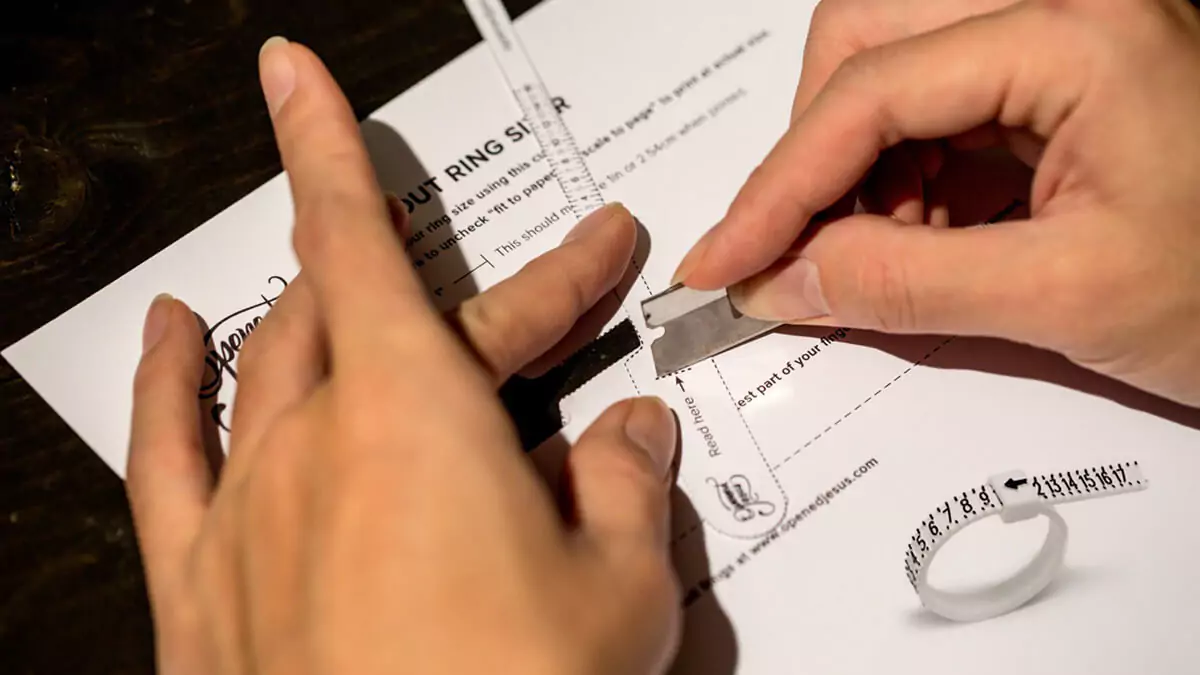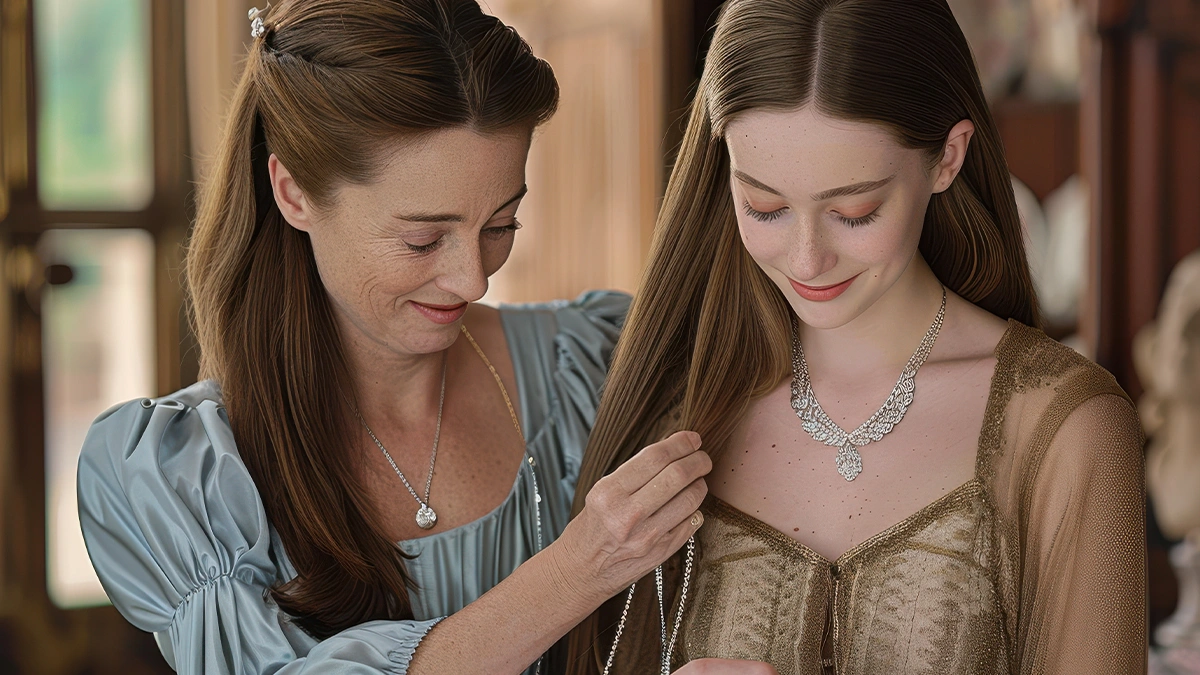So, you’ve found your forever person, and maybe you’ve found the ideal center stone …CONGRATULATIONS! Now that you’ve chosen a stone for your engagement ring, you also have to choose the perfect setting to complement it. Whatever setting you choose, it is important that it defines your personal style and showcases the center stone’s best facets. What works best is dependent on your lifestyle, budget, and design preference. Either way, I’m absolutely sure we can help you to find the perfect match. If you’re still undecided, we’ve curated a list of the 6 most popular types of ring settings for engagement to inspire you.
1. Solitaire
For many couples, the one and only preference is the classic solitaire. This style has been a staple for engagement rings for years, and is probably the most popular choice. This setting puts the center stone in the spotlight, making it the main focus. While design trends come and go in the market, the traditional solitaire is always in style.
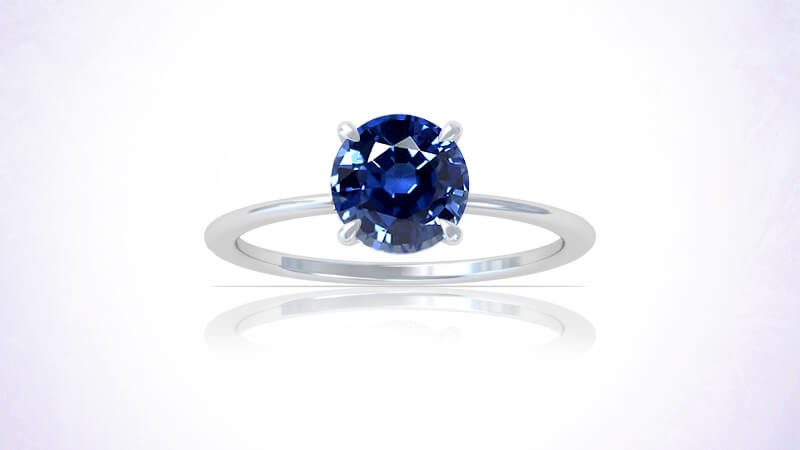
The cut, quality, and brilliance of the center stone are incredibly paramount in a solitaire setting as there is nothing else that draws the attention away from the gemstone.
The slightest difference in the width of the band can alter how the gemstone appears on the hand – thicker bands can make the gemstone appear smaller and vice versa. Therefore, if you have a smaller center stone, we recommend a thinner band.
2. Three Stone
Traditionally, a three stone setting would see a bigger center stone accentuated by two smaller side stones. While that design is still quite popular today, a new variation of the three stone style has emerged where the side stones are almost similar (and in some cases, identical) to the center stone. In either case, the sidestones appear to blend with the center stone, creating a dramatic and brilliant effect.

The size of the side stones can determine how the center gemstone appears to the eye – larger side stones can make the center stone appear smaller and create a sort of wall effect, while smaller side stones can make the center stone appear bigger and more prominent.
Colored gemstones are a popular choice amongst those looking at a three stone setting, either with 2 colored side stones and a diamond center stone or diamond side stones, with a colored Centerstone. Either one will make for a truly appealing visual.
3. Halo
One of the most timeless settings is the halo, and for a good reason. The center stone is set surrounded by diamonds or other gemstones.
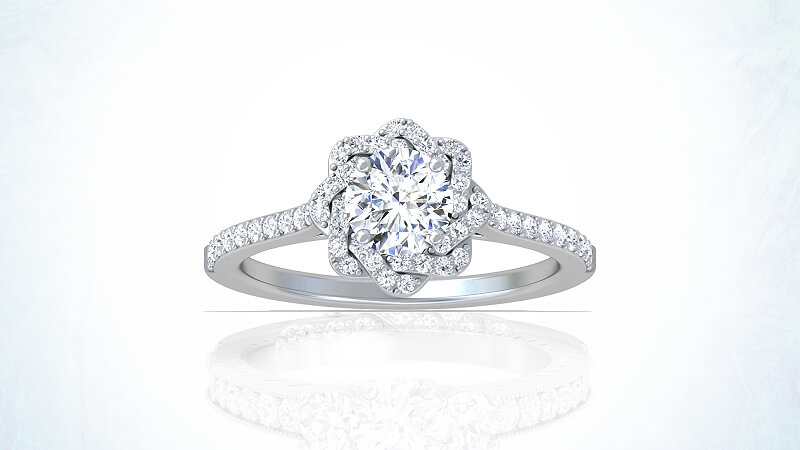
The visual effect is dramatic – the side stones are exceptionally brilliant and elevates the appearance of the center stone, which in turn appears much bigger to the eye and accentuates the side stones tastefully.
4. Side Stone
A side stone setting can refer to numerous different styles, but in general, it is a setting in which the main gemstone is surrounded by side stones on the band.
There are several styles of side stone settings. Some of the more popular are channel, shared prong, and pave. Each style has their own unique look and can enhance the look of any center stone.
5. Channel:
The stones are nestled against one another and not separated by prongs, beads, or bezels. The side stones are set on the shank of the ring in two parallel strips of metal. They are not separated by any prongs, bezel, etc. This deeper setting is ideal for those looking for a more subtle look and it also holds the stones more securely.

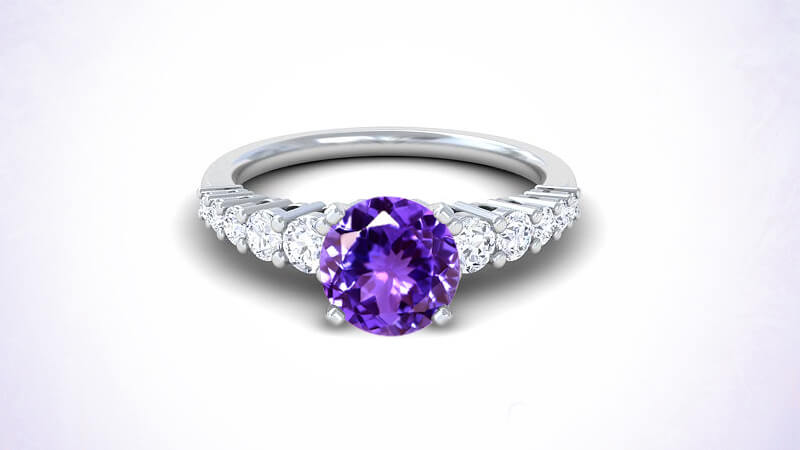
Each side stone shares a set of prongs, with each stone set right next to each other. The lack of added metal allows more light to pass through the side stones, making them appear extremely brilliant and vibrant.
6. Pave

Similar to shared prong settings, except each side stone is secured with its own set of prongs. This has been a popular style for decades and is an ideal choice for those looking for a ring with a vintage look.

